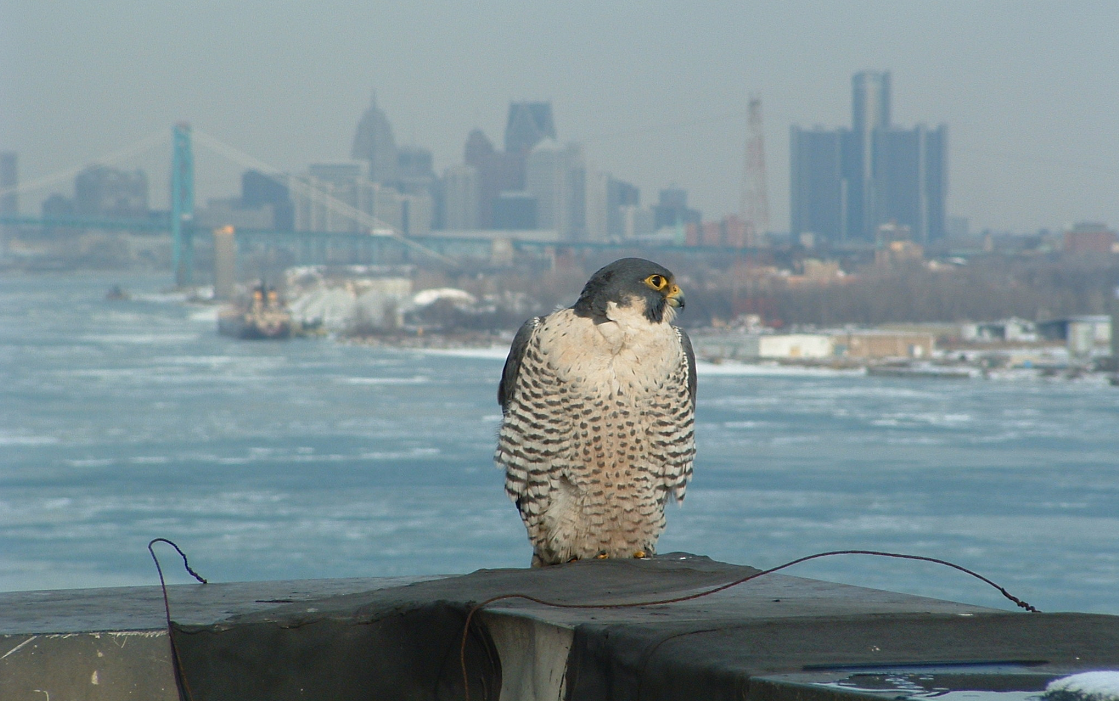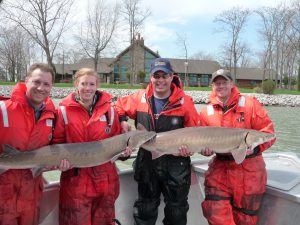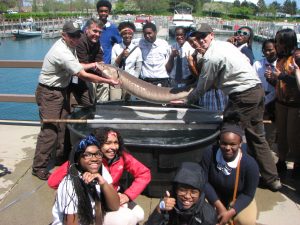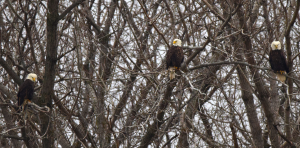
What the endangered species act means to the Great Lakes
Many of you have probably heard that efforts are underway to weaken the Endangered Species Act, commonly referred to as the most important wildlife conservation law in American history.
Environmentalists say if the proposed changes are made, the interests of mining, gas, logging, and ranching will outweigh wild creatures that live throughout the U.S.
Proposed changes to the Endangered Species Act include reducing the role of scientists in identifying endangered and threatened species, and letting politicians weigh financial interests against survival of certain plants and animals.
The Endangered Species Act has a 45-year history of preventing extinction and stabilizing species at risk, and of conserving habitats essential for survival of such species. Ninety-nine percent of listed species have survived extinction. Species like the California condor, the grizzly bear, the whooping crane, and the black-footed ferret have been brought back from the brink of extinction thanks to the Endangered Species Act.
In the Metropolitan Detroit area, we have seen first-hand the benefits of the Endangered Species Act.
From 1961 to 1987 there were no bald eagles produced in Metropolitan Detroit due primarily to pesticides like DDT. Thanks to the Endangered Species Act, there has been a steady increase in the number of occupied bald eagle nests each year since 1991. 25 or more active nests have been reported in The Metropolitan Detroit area between 2012-2015, including on Belle Isle and Humbug Marsh. Similarly, peregrine falcons were decimated by pesticides during the 1940s-1970s. Thanks to the Endangered Species Act, the number of peregrine falcon young produced in southeast Michigan increased from none in 1992 to 21-30 per year in 2011-2015. The year 1999 will always be remembered as a milestone year for the restoration of peregrine falcons because it “soared” off the endangered species list.
Lake sturgeon are listed as a threatened species in Michigan. In the Detroit River, there was a substantial decline in the sturgeon population between the late 1800s and early 1900s.

Lake sturgeon from the Fighting Island reef in the Detroit River, Photo by U.S. Fish and Wildlife Service
No sturgeon spawning was recorded from the 1970s to 1999. Then in 2001, sturgeon reproduction was documented for the first time in 30 years. Thanks to collaborative efforts under the Endangered Species Act, nine spawning reefs have now been constructed in the river. In 2016, fishery biologists estimated the size of the lake sturgeon population in the Detroit River at 6,360. Each of these conservation success stories would not have happened without collaborative efforts under the Endangered Species Act.
People who are fighting to keep the Endangered Species Act intact point out: we share the same ecosystem with these birds, fish, and plants.
An ecosystem is like a tapestry. A tapestry is a form of textile art, traditionally woven on a vertical loom and most often proudly displayed in a prominent location of a home.

Detroit school children at Sturgeon Day on the Detroit RiverWalk 2015, Photo by U.S. Fish and Wildlife Service
Individual colored threads, each unique and beautiful in their own right, are woven together to produce an exceptional piece of art more beautiful and much stronger than imagined with just the individual threads.
The Detroit River watershed is like an ecological tapestry made up of numerous species and habitats that when woven together are more beautiful and much stronger than imagined with just the individual species and habitats. Loss of species weakens our ecosystems.
Endangered and threatened species are also like “canaries in a coal mine.” They can warn us when something is wrong in our ecosystems.
Also, if ecosystems are cleaner for species like bald eagles, peregrine falcons, and lake sturgeon, they are cleaner for US because we live in the same ecosystem.
Featured Image: Peregrine Falcon at DTE’s Rouge Power Plant, Photo by DTE Energy





